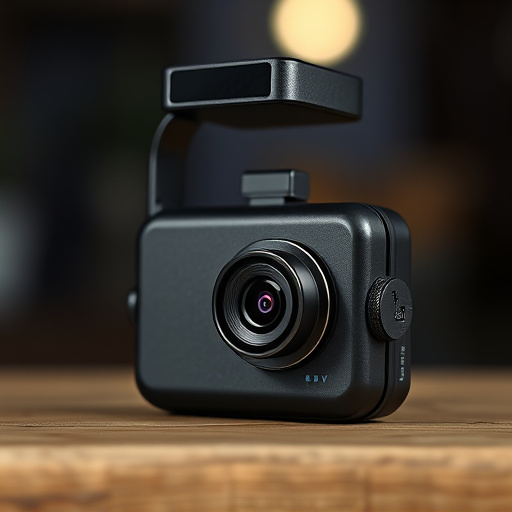Portable hidden cameras with audio offer versatile surveillance solutions, enhancing personal safety, home security, and professional monitoring with high-definition video, night vision, long battery life, and wireless transmission via smartphone apps. Selecting a model aligns with specific needs, whether for surveillance, documentation, or evidence gathering, with options prioritizing video or audio quality, size, portability, Wi-Fi connectivity, and extended battery life. Legal and ethical considerations, including regional privacy laws and consent requirements, must be navigated responsibly to uphold individual privacy rights while utilizing these powerful tools.
Discover the power of a portable hidden camera with audio, a discrete yet versatile tool that captures both visual and auditory details. This technology offers enhanced security, improved surveillance, and unparalleled evidence collection. In this comprehensive guide, we explore the key features and benefits, provide a step-by-step selection process, and discuss the legal framework surrounding these devices, ensuring ethical use. Uncover why portable hidden cameras with audio are transforming personal and professional monitoring.
Understanding Portable Hidden Cameras with Audio: Features and Benefits
Portable hidden cameras with audio offer a discreet and powerful surveillance solution, catering to various needs. These devices pack advanced features into compact packages, making them easy to carry and deploy almost anywhere. Their main allure lies in the combination of visual and auditory recording capabilities, allowing users to capture not just what’s happening but also the sounds surrounding an event or location.
Key benefits include their versatility; they can be used for personal safety, home security, professional surveillance, or even as a tool for evidence collection. Many models feature high-definition video recording, night vision capabilities, and long battery life, ensuring clear and detailed footage in diverse conditions. Additionally, wireless transmission and live streaming options further enhance their utility, enabling users to monitor activities remotely via smartphone apps.
How to Choose the Right Hidden Camera with Audio for Your Needs
When selecting a portable hidden camera with audio, understanding your specific requirements is key. Consider the purpose for which you need it – whether surveillance, documentation, or evidence gathering. This will guide your choice between various models offering different features. Some cameras prioritize high-quality video recording, while others focus on superior audio capabilities, ensuring every whisper and conversation is captured clearly.
Size and portability are also essential factors. For discreet operation in tight spaces or remote locations, opt for compact, lightweight designs that can easily be hidden without drawing attention. Advanced models often come with night vision capabilities, Wi-Fi connectivity, and long battery life, enhancing versatility. By matching your selection to your unique needs, you’ll ensure the best possible outcome for your situation.
Legal Considerations and Ethical Use of Hidden Cameras with Audio
The use of a portable hidden camera with audio capabilities raises several legal and ethical considerations. In many jurisdictions, capturing video or audio without consent is a violation of privacy laws, with strict penalties for those who engage in such practices. The specific regulations can vary widely depending on the location, so it’s essential to understand the local laws before deploying any surveillance equipment. For instance, some areas require explicit notification that a recording is taking place, while others have restrictions on where and how such devices can be used.
Ethically, the use of hidden cameras with audio should always prioritize respect for individuals’ privacy and dignity. While these devices can serve legitimate purposes such as home security or business surveillance, they must be employed responsibly. This includes obtaining consent when possible, ensuring recordings are stored securely, and deleting any captured content that is no longer needed for legal or operational reasons. Proper use of portable hidden cameras with audio balances the need for security with the fundamental right to privacy.
